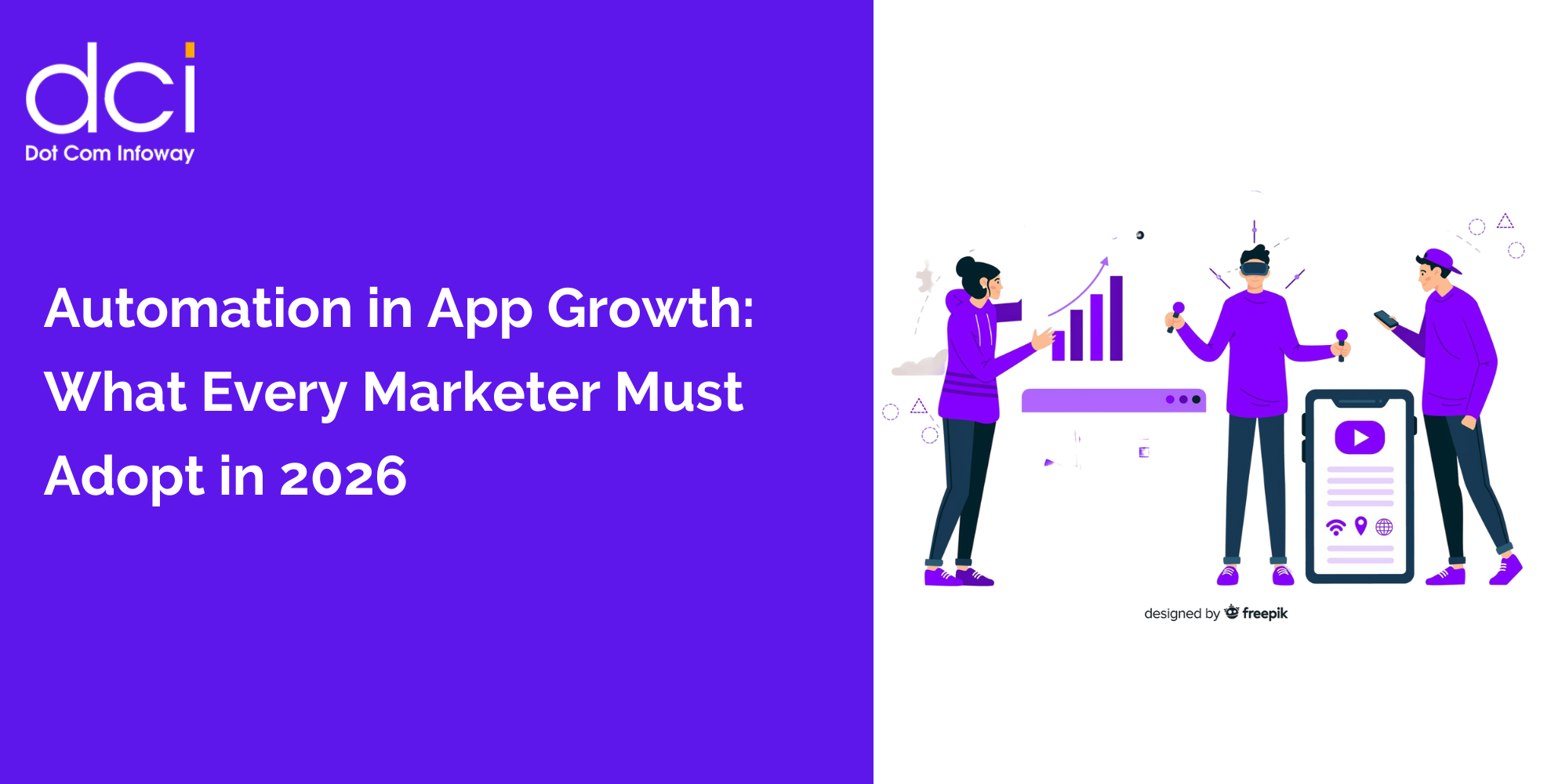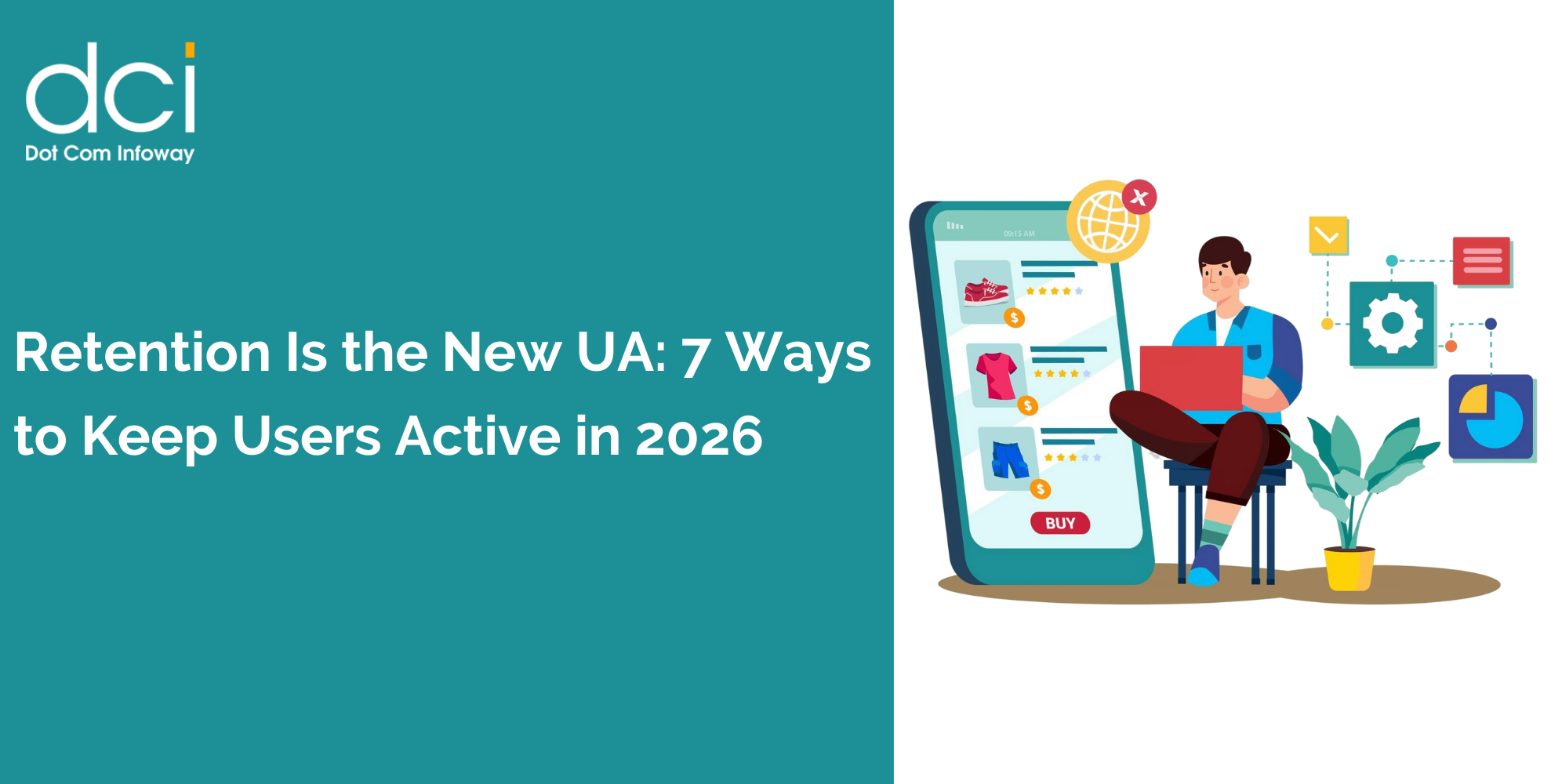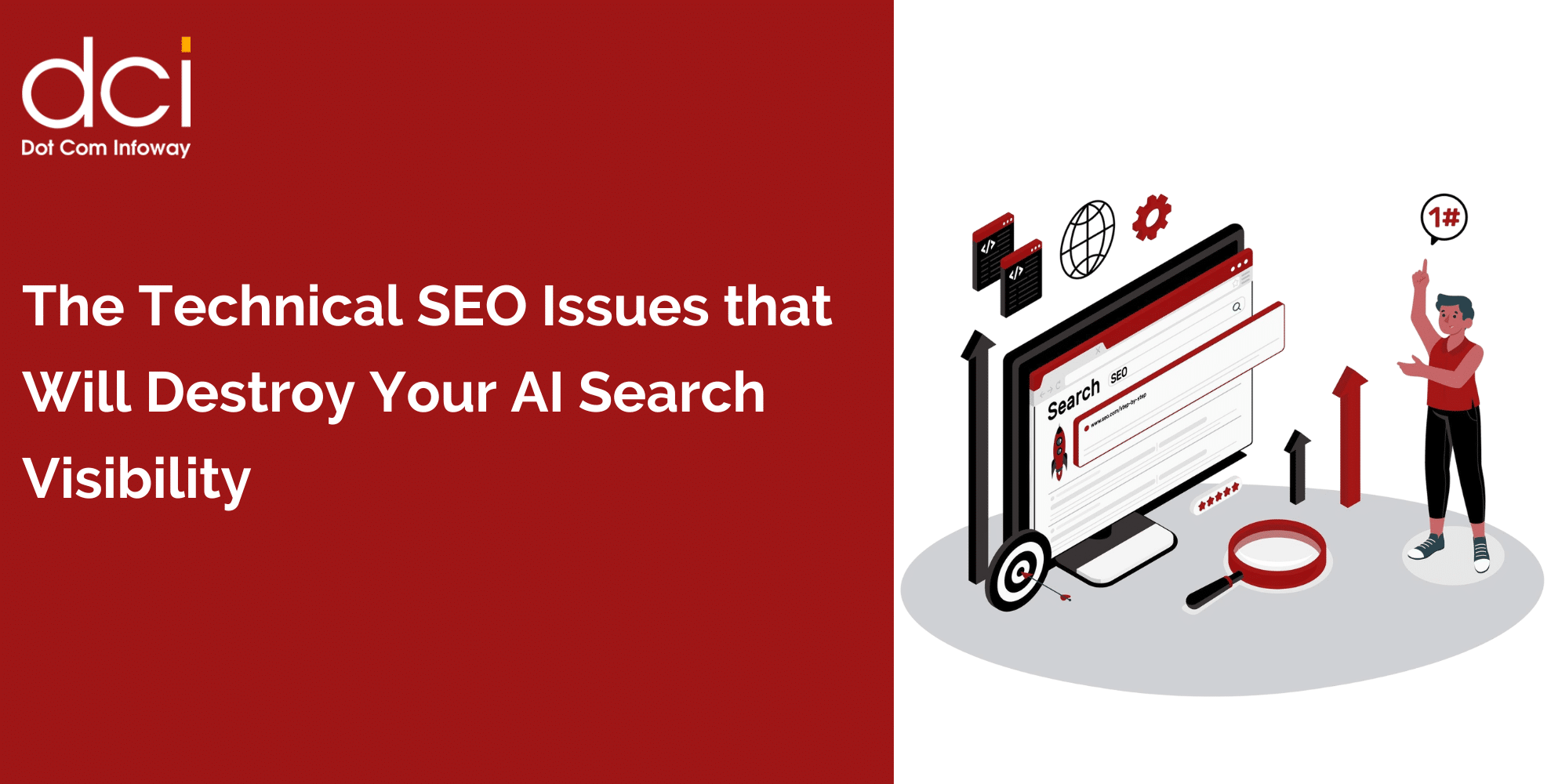Revolutionary Cost Reduction Through Smart Logistics
One of the most compelling benefits of on-demand delivery apps for SMBs lies in dramatic cost reduction. Traditional delivery operations required businesses to invest heavily in vehicles, insurance, driver wages, fuel costs, and maintenance expenses. These fixed costs often represented 15-25% of total operational expenses for small businesses.
On-demand platforms have completely disrupted this model. Instead of maintaining expensive delivery fleets, businesses now pay commission-based fees that align directly with sales volume. This shift transforms fixed costs into variable expenses, allowing small business delivery benefits to scale proportionally with revenue.
“In a recent survey, the vast majority (80%) of companies reported increased revenue after implementing same-day delivery.” – DC Velocity Study, 2024.
The mathematical advantage is substantial. Where traditional delivery operations might cost $3,000-5,000 monthly in fixed expenses for a single vehicle and driver, on-demand platforms typically charge 15-30% commission per order. For businesses generating 200 orders monthly at $25 average order value, this represents savings of $750-2,250 per month while eliminating operational headaches.
Consider the real-world example of Papa John’s pizza chain, which partnered with DoorDash to expand delivery capabilities without increasing internal costs. This collaboration allowed them to reach customers in previously unserviced areas while maintaining profit margins through commission-based pricing.
Market Expansion and Customer Reach Amplification
On-demand delivery solutions serve as powerful market expansion tools for SMBs. Traditional brick-and-mortar businesses were historically limited by geographic proximity—customers rarely traveled more than 2-3 miles for routine purchases. Delivery apps have shattered these boundaries, expanding serviceable markets by 300-500% in many cases.
The data supporting this transformation is compelling. DoorDash reported serving over 4,000 U.S. cities with 375,000 merchant partners, creating massive distribution networks that individual businesses could never replicate independently. For SMBs, this represents access to sophisticated logis5frc4tics infrastructure without capital investment.
Delivery app advantages become particularly pronounced for specialized businesses. Ethnic restaurants, boutique retailers, and niche service providers can now reach customers across entire metropolitan areas rather than relying solely on foot traffic. A small Indian restaurant in suburbia can suddenly serve customers 15 miles away, multiplying their addressable market exponentially.
The network effects create additional value. As delivery platforms onboard more customers, they generate larger audiences for existing merchants. This virtuous cycle means small business delivery benefits compound over time as platforms grow their user bases.
Enhanced Customer Experience Through Technology Integration
Modern consumers increasingly expect seamless, technology-enabled experiences. Benefits of on-demand delivery apps include sophisticated customer experience features that would be prohibitively expensive for SMBs to develop independently.
Real-time GPS tracking allows customers to monitor order progress minute-by-minute, reducing anxiety and support inquiries. Automated notifications keep customers informed throughout the delivery process. Integrated payment systems eliminate friction and reduce cart abandonment rates by 20-30% compared to traditional ordering methods.
The psychological impact extends beyond convenience. Research indicates that customers perceive businesses offering delivery through professional platforms as more legitimate and trustworthy. This “borrowed credibility” helps smaller businesses compete against larger competitors with established reputations.
Multiple payment options including digital wallets, buy-now-pay-later services, and traditional methods—remove purchasing barriers that historically limited SMB sales. The seamless checkout process of leading delivery platforms converts browsers to buyers at rates 40-50% higher than typical e-commerce implementations.
Data-Driven Business Intelligence and Analytics
Perhaps the most underutilized benefits of on-demand delivery apps involve access to sophisticated business intelligence. Traditional SMBs operated with limited visibility into customer behavior, seasonal patterns, and market trends. Delivery platforms provide comprehensive analytics dashboards that rival enterprise-level business intelligence tools.
Order pattern analysis reveals optimal menu engineering opportunities for restaurants, inventory management insights for retailers, and demand forecasting for service businesses. Heat mapping shows geographic concentration of customers, informing future expansion decisions. Customer lifetime value calculations help optimize marketing investments and retention strategies.
The competitive intelligence aspect is particularly valuable. SMBs can analyze competitor pricing, promotional strategies, and customer reviews to identify market opportunities. This level of market research was previously available only through expensive consulting engagements.
Sales performance metrics allow real-time optimization of operations. If weekend lunch orders spike in certain neighborhoods, businesses can adjust staffing, inventory, or promotional timing accordingly. These delivery app advantages enable data-driven decision making that was historically reserved for large corporations with dedicated analytics teams.
Operational Efficiency and Resource Optimization
On-demand delivery solutions streamline operations in ways that extend far beyond simple order fulfillment. Integrated point-of-sale systems synchronize inventory management, reducing stockouts and overordering. Automated order routing optimizes kitchen workflows and reduces preparation times.
Staff allocation becomes more predictable through demand forecasting. Rather than maintaining large service teams during uncertain peak periods, businesses can scale front-of-house staffing based on historical order patterns while relying on delivery platforms for fulfillment.
The administrative burden reduction is significant. Order management, customer service inquiries, payment processing, and delivery coordination are largely handled by platform systems. This allows SMB owners and managers to focus on core competencies rather than logistics coordination.
Quality control improvements emerge through systematic customer feedback collection. Delivery platforms aggregate ratings and reviews, providing continuous improvement insights. Businesses can identify operational issues quickly and implement corrective measures before problems escalate.
Revenue Diversification and Growth Opportunities
Small business delivery benefits include substantial revenue diversification opportunities. Traditional businesses faced significant revenue concentration risk—economic downturns, seasonal fluctuations, or local competition could dramatically impact sales.
Delivery apps create multiple revenue streams. Ghost kitchens—delivery-only restaurant concepts—allow food businesses to test new menu items or serve different market segments without physical expansion costs. Retail businesses can offer subscription services, bulk ordering, or specialized delivery windows for premium pricing.
The subscription model integration available through many platforms creates predictable recurring revenue. Coffee shops offering weekly bean deliveries, meal prep services, or convenience store partnerships generate steady cash flow that stabilizes operations during economic uncertainty.
Cross-selling opportunities multiply through platform recommendations. Customers ordering dinner might add dessert, beverages, or next-day breakfast items when prompted by sophisticated recommendation engines. These incremental sales often carry higher profit margins and improve customer lifetime value.

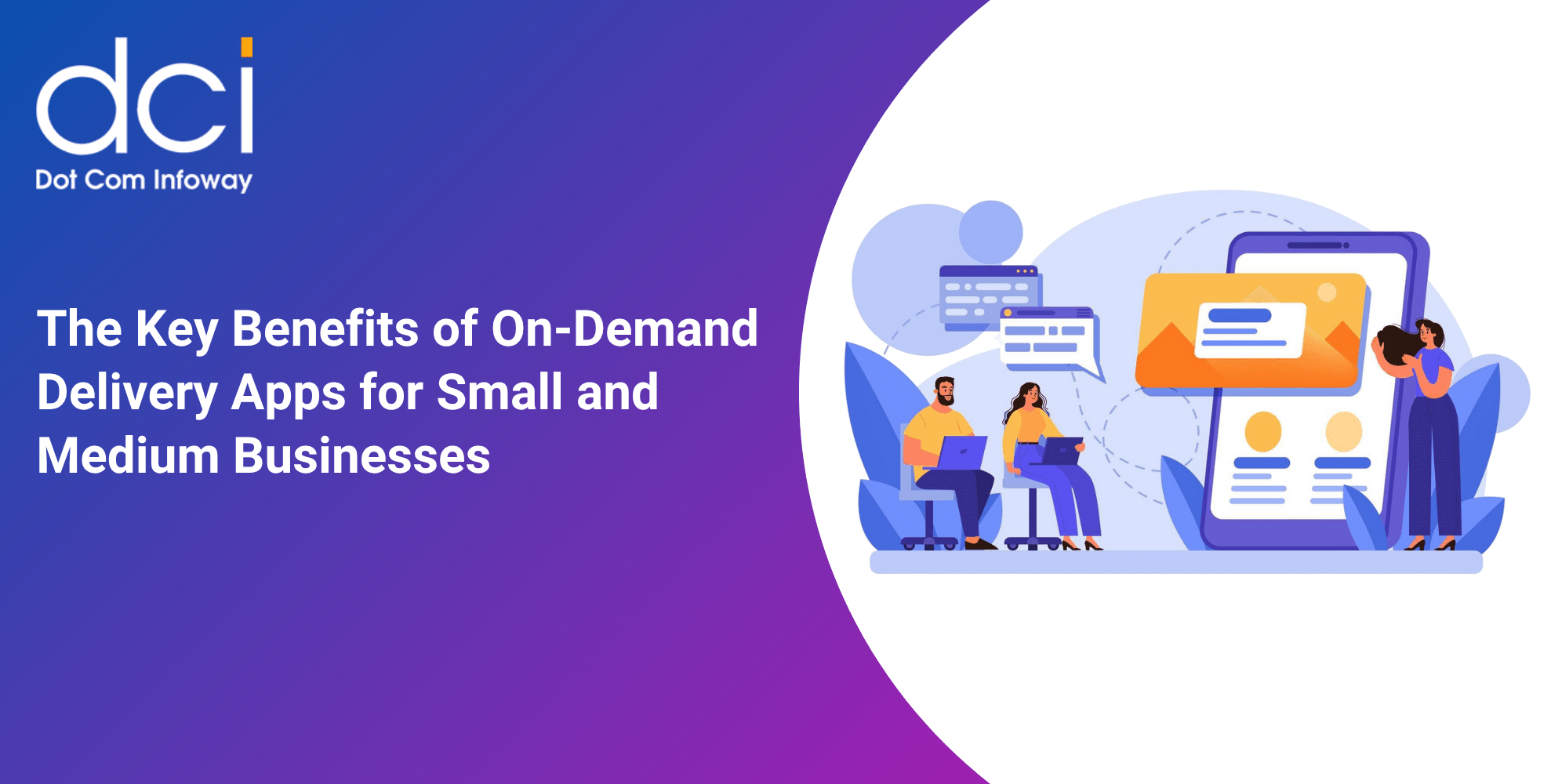


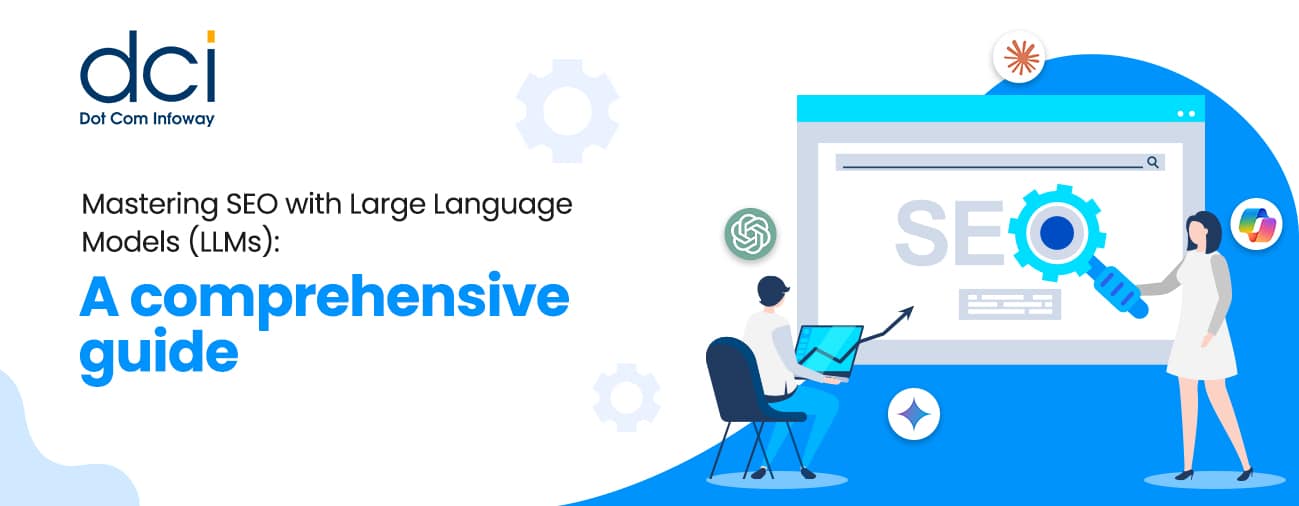
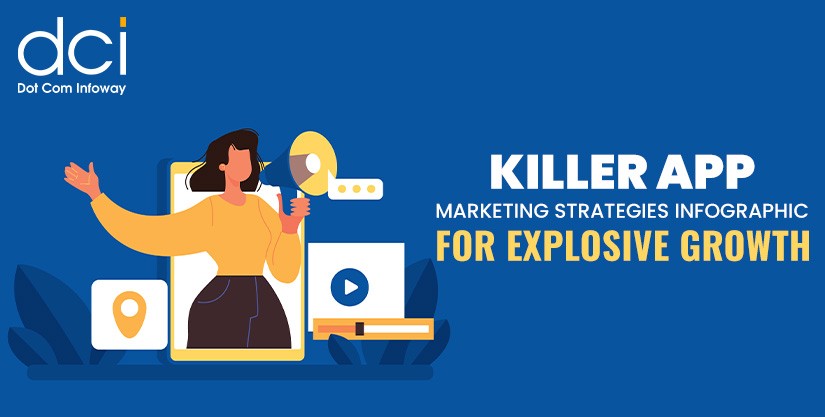

![The Game Marketing Guide: Pre and Post-Launch Strategies [Infographic]](https://www.dotcominfoway.com/wp-content/uploads/2023/09/DCI-Game-Marketing-blog-1.jpg)

